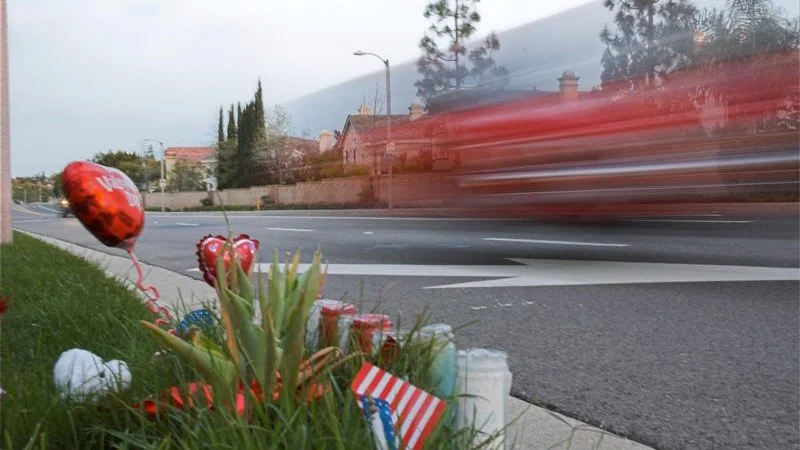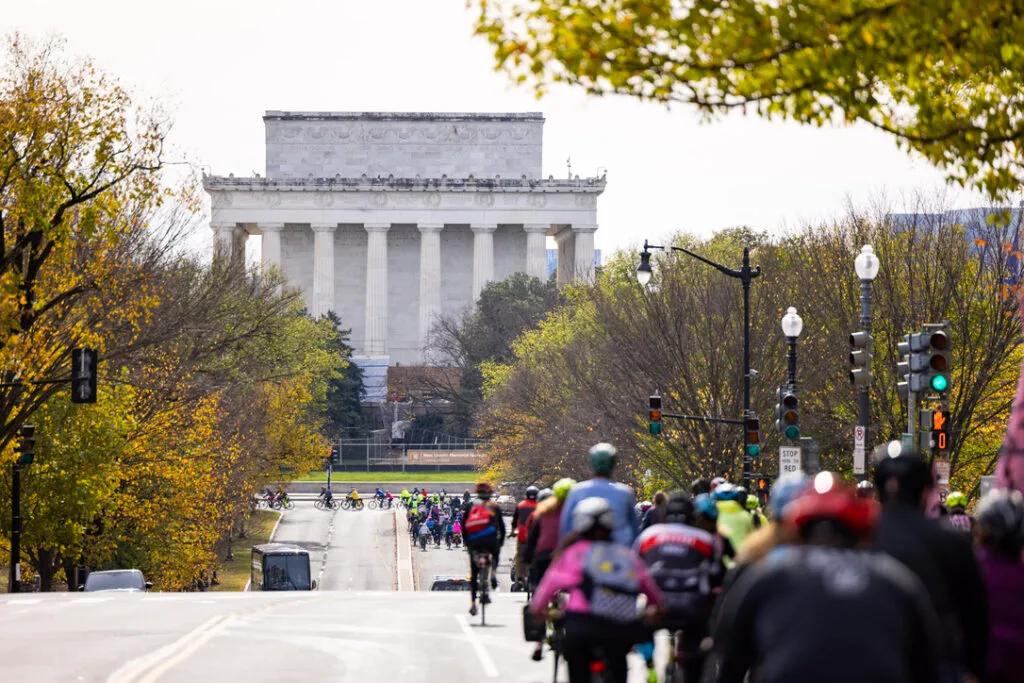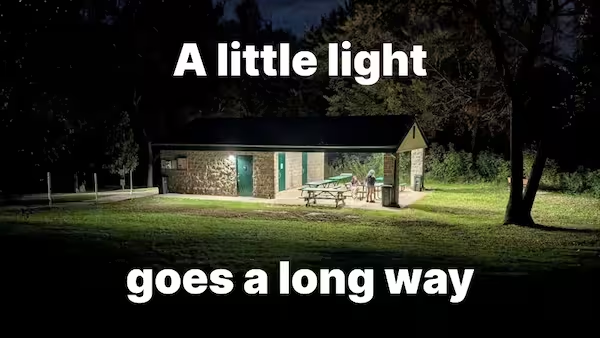Editor's Note: The challenges our cities face are growing, but so is the strength of this movement. Every story we share, every idea we spread, and every tool we build exists because people like you are committed to showing up. Your membership isn’t passive—it’s the momentum that makes change possible.
In Hallowell, Maine, families walking or biking to Hall-Dale Elementary face a daunting task: crossing the intersection of Central and Hillcrest streets, where drivers speed over a blind hill and sidewalks are nowhere to be found.
It’s a well-known hazard, and one that didn’t seem like it would be addressed any time soon. That’s why the Local Conversation Strong Towns Hallowell decided to act.
All of the group’s members are parents, and they knew from experience how dangerous the area was. Their first step was to prove that danger with data. Using resources from Strong Towns’ Crash Analysis Studio, they conducted a speed study and found that over 80% of drivers were speeding. Over 20% were going more than 10 mph over the speed limit.
The blind hill and lack of sidewalks made these high speeds even more dangerous. “Even if someone decides to be nice and, ‘Oh, I’ll go give a wide berth to the pedestrians and do it safely,’ because of the blind crest, they have no way of knowing if there’s another vehicle going over 40 mph in the other direction that’s going to hit them head on,” Dafydd Holbrook-Pronovost told a local newspaper.

Dafydd is the leader of Strong Towns Hallowell, and he took the lead in developing a plan to address these dangers. Drawing on his experiences in the area and a traffic-calming guide from the Maine Department of Transportation, he identified strategies that could make the area safer. He then brought those strategies to the rest of the group for discussion and iteration.
“Maine DOT employs a single active transport planner, who was highly responsive and enthusiastic, encouraging us to strive for simplicity in our plan,” Dafydd told Strong Towns. The group took the advice to heart. Their finalized plan was very simple: Have volunteers use paint and flexible delineators to narrow the roadway, which will encourage drivers to slow down. The whole project could be done for about $300, which the Local Conversation planned to fund themselves.
- You might want to read: The Power of Paint in Street Transformation
After gathering community feedback and signatures for a petition of support, Strong Towns Hallowell submitted their plan to the city council and transportation committee in August 2024. The planning and community outreach had only taken two months, and the group hoped they’d be able to move just as quickly into implementation.
However, the process proved slower and more complicated than anticipated. Strong Towns Hallowell didn’t get a response from the city until March 2025. In the meantime, the group focused on building momentum within the community. They partnered with the local parent-teacher organization to coordinate the city’s first Walk, Bike, and Roll to School Day in October 2024. Eighteen families participated in the event, which garnered attention from the local news.
When the transportation committee finally met to discuss the plan in April 2025, more difficulties emerged. The committee agreed with the goal of slowing traffic but chose not to move forward with the flexible delineators, which Dafydd described as “the most effective, cheapest, and easiest to implement aspect of our plan.”
Instead, the city chose a more conventional approach: updated pavement markings and new signage installed by the Public Works Department. This raised the total cost to $1,500, five times the group’s original estimate. Fortunately, Strong Towns Hallowell was able to win a grant from the Elsie & William Viles Foundation to cover the cost.

The Public Works Department completed the project installation in late September 2025 — over a year after Strong Towns Hallowell submitted their proposal. One week later, the Local Conversation took part in the second annual Walk, Bike, and Roll to School Day, which drew more than 36 families. The changes made the corridor safer than it had been before — a meaningful step forward — but it wasn’t quite the transformative improvement the group had originally envisioned.
“There has been a slight decrease in average speeds on this section of road,” Dafydd told Strong Towns. “But a significant number of vehicles are still driving at unsafe speeds, and it still feels stressful to walk along this section of road.”
Even so, the project is a victory for the community: residents identified a problem, organized their neighbors, worked through a challenging process, and achieved real, tangible change. While the outcome may not be perfect, it demonstrates what is possible — and leaves the door open for continued improvements in the future.
For anyone considering a similar project in their own community, Dafydd offers three pieces of advice:
- Understand that very small municipal governments have extremely limited capacity, which leads to long project timelines. While not ideal, “it may be better to ask forgiveness than permission,” Dafydd suggested.
- When applying for a grant, emphasize the relatively low cost and high impact of your project.
- Work with other local groups on bigger projects to multiply your impact.
Despite the challenges they faced, Strong Towns Hallowell successfully lowered speeds near a dangerous intersection. They also built strong relationships with community members, other local organizations, and members of the local government. These relationships will give them more influence in future decisions, helping them make their city safer one step at a time.
[[divider]]
Responsible cities analyze traffic crashes to save lives. Yours can too.
Adopt the Crash Analysis Studio model and build a response focused on preventing future harm, not just assigning blame.





